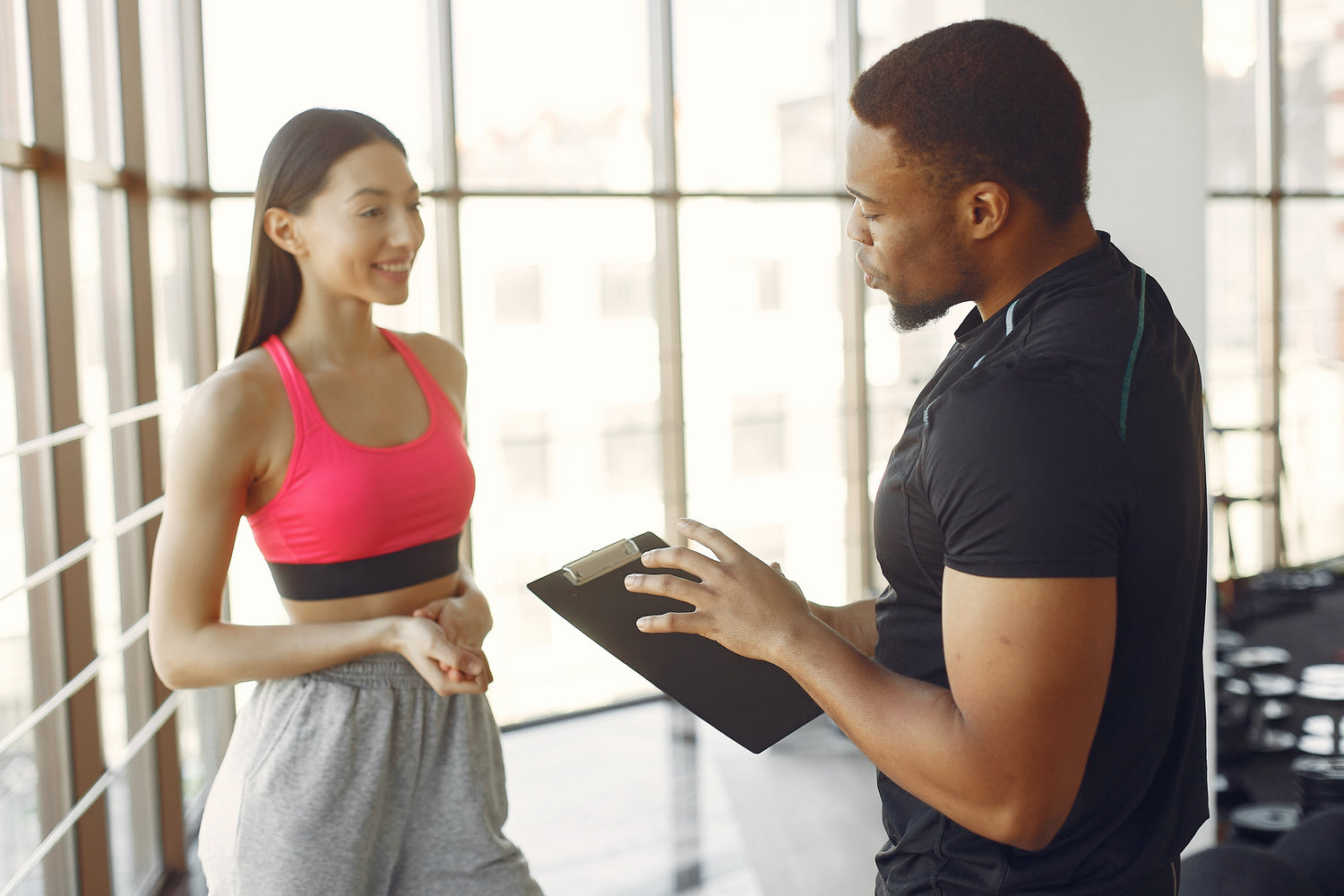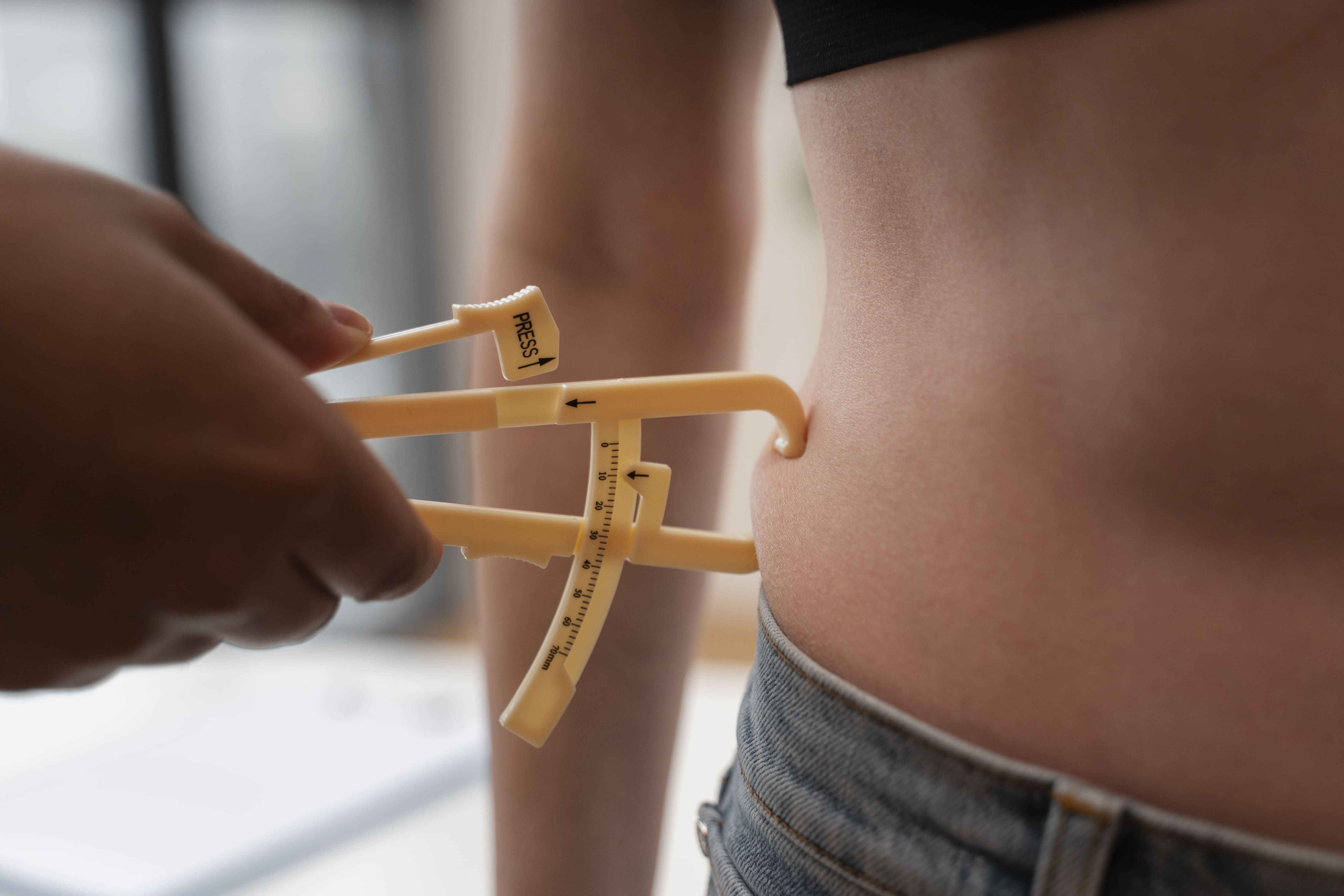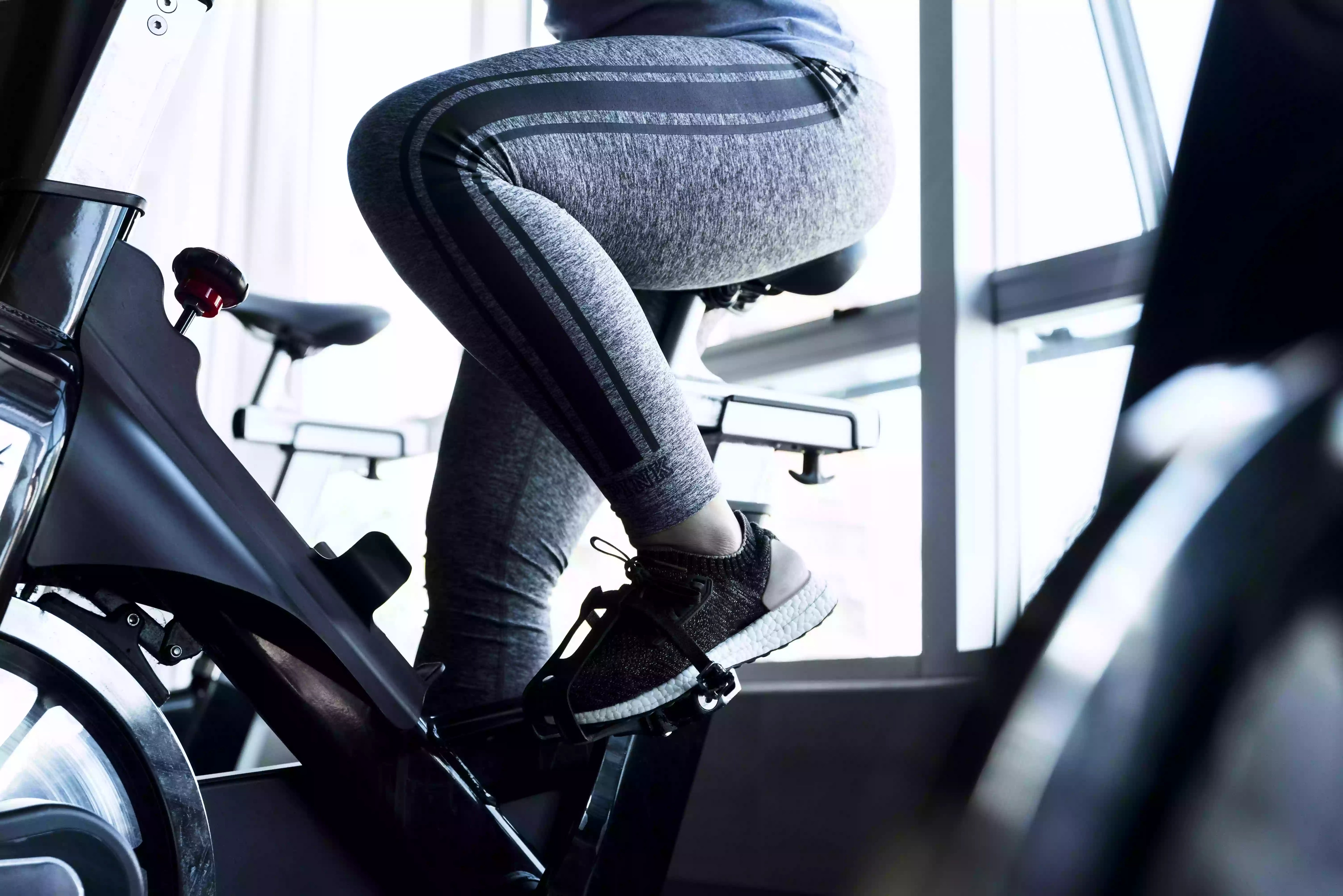The rowing machine is one of the most underrated tools in fitness. Often overlooked in favor of treadmills or ellipticals, this powerful cardio machine delivers a full-body, low-impact workout that’s suitable for beginners and elite athletes alike. Whether you're looking to burn calories, improve endurance, or tone your muscles, rowing can help you do it all — efficiently and effectively.
But if you’re new to rowing, it can feel confusing at first. With its sliding seat, flywheel, foot straps, and handlebar, it's easy to assume rowing is complicated. The good news? Once you understand the basics of form and rhythm, it becomes second nature. In this comprehensive guide, you’ll learn how to use a rowing machine step by step, how to avoid common mistakes, how to set up your machine properly, and how to get the most from each session — whether you’re rowing at the gym or using a Merach smart rower at home.
🧠 Why Use a Rowing Machine? The Benefits at a Glance
Before we dive into technique, it’s important to understand why the rowing machine is worth your time.
✅ Full-Body Workout in Every Stroke
Unlike treadmills or stationary bikes, rowing engages around 86% of your muscles in one smooth motion. This includes:
-
Glutes
-
Core (abs, obliques, lower back)
-
Upper back (lats, traps, rhomboids)
-
Shoulders and arms (deltoids, biceps, triceps)
You're not just working one area — you're working your entire body.
✅ High Calorie Burn
Rowing burns serious calories. A 155-pound person burns about 260–300 calories in 30 minutes of moderate rowing, and even more with higher intensity.
✅ Low Impact, Joint Friendly
Rowing is perfect if you want a cardio workout without stress on your knees or ankles. That’s why it’s often recommended for people recovering from injuries or looking for long-term joint health.
✅ Improves Cardiovascular and Muscular Endurance
Rowing trains both your heart and your muscles, improving your VO2 max (oxygen use), heart health, and overall stamina. Plus, it’s excellent cross-training for runners, cyclists, and swimmers.
🔄 Understanding the Rowing Stroke: The 4 Phases
To use a rowing machine correctly, you need to master the basic movement — called the stroke cycle. Every rowing stroke has four phases, and each phase flows into the next.

1. The Catch – The Starting Point
This is your setup — where every stroke begins.
-
Sit tall at the front of the seat rail, knees bent, arms extended forward.
-
Grip the handle lightly with both hands.
-
Shins should be vertical, heels slightly lifted, and your upper body leaning slightly forward from the hips.
-
Keep your core tight and spine neutral (avoid hunching).
📌 Tip: Think of yourself as a coiled spring — ready to explode with controlled power.
2. The Drive – The Power Phase
This is where you generate force.
-
Start by pushing through your legs — the strongest part of your body.
-
As your legs straighten, engage your core and begin leaning your torso back (not slouching).
-
Finally, use your arms to pull the handle into your lower chest or upper abdomen.
-
Elbows stay close to your body; wrists remain straight.
📌 This sequence is important: Legs → Core → Arms. Most beginners try to pull too early with their arms.
3. The Finish – End of the Drive
At the end of the stroke:
-
You’re slightly leaned back at about 100–110 degrees.
-
The handle is just below your chest.
-
Arms are bent; elbows behind you.
-
Shoulders are relaxed and low.
📌 Don't over-lean or shrug. Think power, not strain.
4. The Recovery – Return to Catch
This phase is often rushed, but it’s just as important.
-
Extend your arms forward first.
-
Then lean your torso forward from the hips.
-
Once your arms and torso are forward, let your knees bend and glide smoothly back to the starting point.
📌 Think: Arms → Body → Legs on the way back.
Rowing is all about rhythm. Many say it’s like a dance. Find your flow, and you’ll get more from every stroke.
🛠️ Setting Up Your Rowing Machine for Comfort and Success
Whether you're using an air rower, water rower, or a Merach smart magnetic rower, proper setup is crucial.
🎛️ Adjust the Resistance
-
Air rowers (like Concept2) have a damper setting (1–10). Start at 3–5 if you're new. It doesn’t directly control intensity — that’s up to how hard you row.
-
Water rowers respond naturally — pull harder, get more resistance.
-
Magnetic rowers (like Merach R50 rowing machine) offer adjustable resistance levels via dial or digital controls. Start at a mid-level (3–5) and adjust as needed.
📌 Tip: Don’t crank up resistance too early. Focus on form first.
👣 Foot Placement
-
Sit with your feet in the footrests.
-
Adjust the footplates so the straps are across the balls of your feet.
-
Tighten the straps snugly.
👟 Too loose and your feet will slip. Too tight and you’ll feel cramped.
🪑 Seat & Handle Position
-
Make sure your seat glides smoothly.
-
Your handle should rest securely in the cradle when not in use.
-
Grip the handle with a relaxed hold. No death grips!
💪 Beginner-Friendly Rowing Workouts
Now that you know how to use a rowing machine with proper form, let’s explore workouts for different goals and levels.
🟢 Beginner Form Practice (15–20 Minutes)
Goal: Learn the rhythm and perfect your technique.
-
5-min warm-up: easy strokes
-
10 min: Alternate 1 minute of rowing / 1 minute rest
-
Focus on slow, smooth strokes (18–22 strokes per minute)
🟡 Endurance Builder (20–30 Minutes)
Goal: Improve your cardio and stamina
-
Row at a steady pace (20–24 strokes per minute)
-
Aim to maintain consistent split times (pace per 500m)
-
Try 10 minutes, rest 2 minutes, repeat
🔴 HIIT Sprint Workout (20 Minutes)
Goal: Burn fat and increase power
-
5-min warm-up
-
30 sec sprint / 90 sec recovery (row slow)
-
Repeat 8–10 rounds
-
5-min cool-down
🔥 This type of workout creates an “afterburn” effect, helping you burn calories even after you’re done.
📈 How to Track Progress on a Rowing Machine
Smart rowers like the Merach Q1S or MR-667 connect to the Merach app, which tracks:
-
Distance (meters)
-
Stroke rate (SPM)
-
Time
-
Calories burned
-
Split pace (500m)
You can also access trainer-led classes, scenic routes, and rowing programs designed for fat loss or endurance. This makes rowing more fun and easier to stay consistent.
📲 Explore Merach Rowing App Features →
💡 Advanced Rowing Tips and Technique Tweaks
As you get stronger, here’s how to upgrade your workouts:
-
Use a mirror or record yourself to check your form.
-
Incorporate pyramid workouts: 1-2-3-4-3-2-1 min intervals.
-
Mix rowing with bodyweight exercises for circuit training.
For example:
-
5 min row
-
20 squats
-
10 pushups
-
Repeat 3x
❌ Common Rowing Mistakes to Avoid
Rounding your back – leads to pain and poor posture
Pulling with your arms first – robs you of leg power
Rushing the recovery – breaks your rhythm
Tugging the handle to your neck or chin – handle should come to your upper abs, not your face!
Take time to develop muscle memory with proper form. You’ll get stronger, faster, and stay injury-free.
🚣 How Rowing Fits into Your Weekly Fitness Plan
Rowing isn’t just a “cardio alternative.” It can be a core part of your fitness routine.
-
Do 2–4 sessions per week, depending on goals
-
Use rowing for:
-
Warm-up (5–10 min light rowing)
-
Recovery (easy 20-min steady-state)
-
Full training session (30–45 mins)
-
Pair it with treadmill sessions (like Merach’s auto-incline smart treadmills) or dumbbell workouts for a complete home gym solution.
🏁 Final Thoughts: Row Smart, Stay Consistent
Now you know how to use a rowing machine the right way. It's not just about pulling a handle — it's about moving with rhythm, powering through your legs, and getting stronger with every session.
✅ Learn the 4 phases
✅ Set up your machine properly
✅ Start with beginner workouts
✅ Focus on consistency, not perfection
Whether you’re rowing for fat loss, heart health, or total-body strength, you’ll see great results if you stick with it.














Leave a comment
This site is protected by hCaptcha and the hCaptcha Privacy Policy and Terms of Service apply.